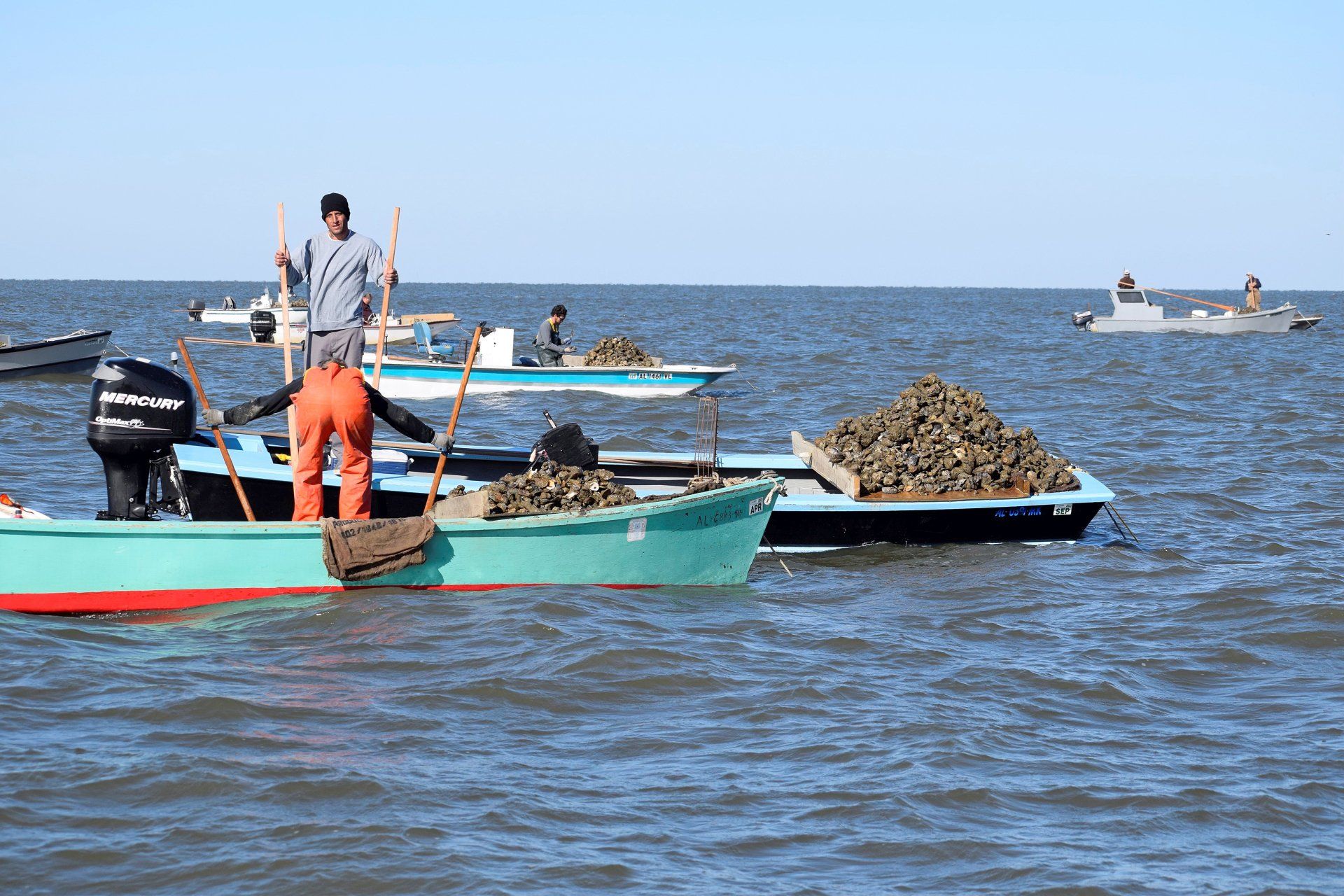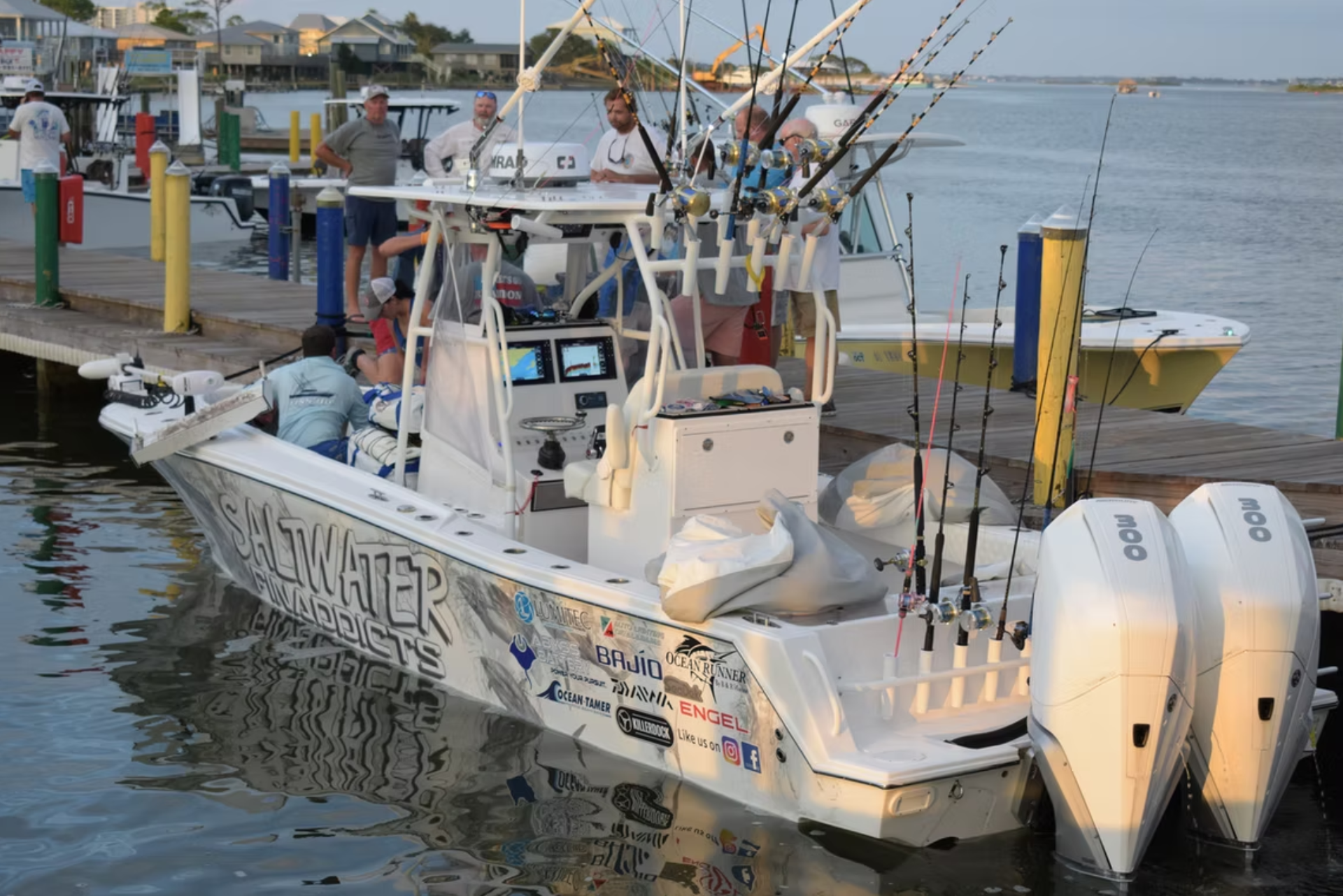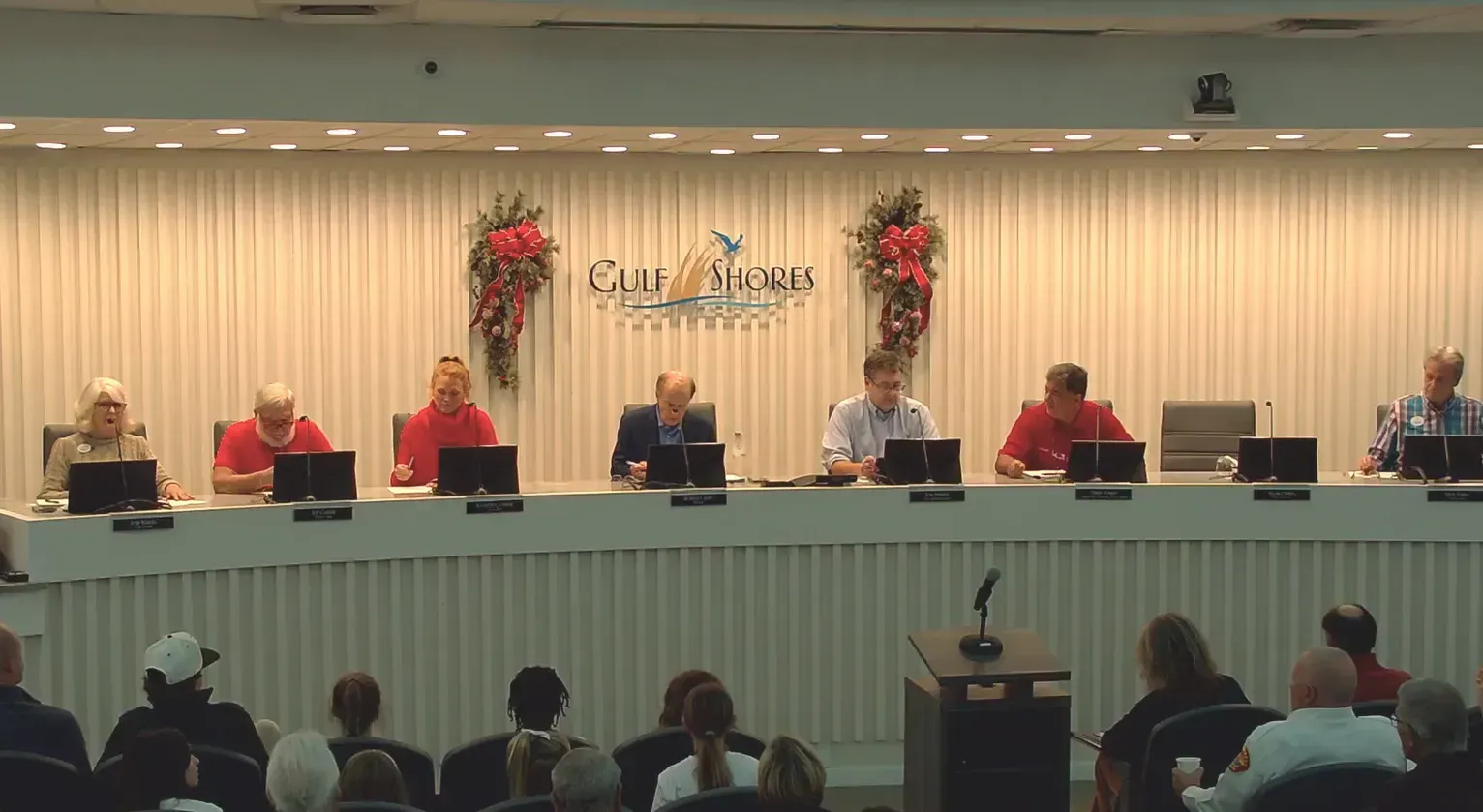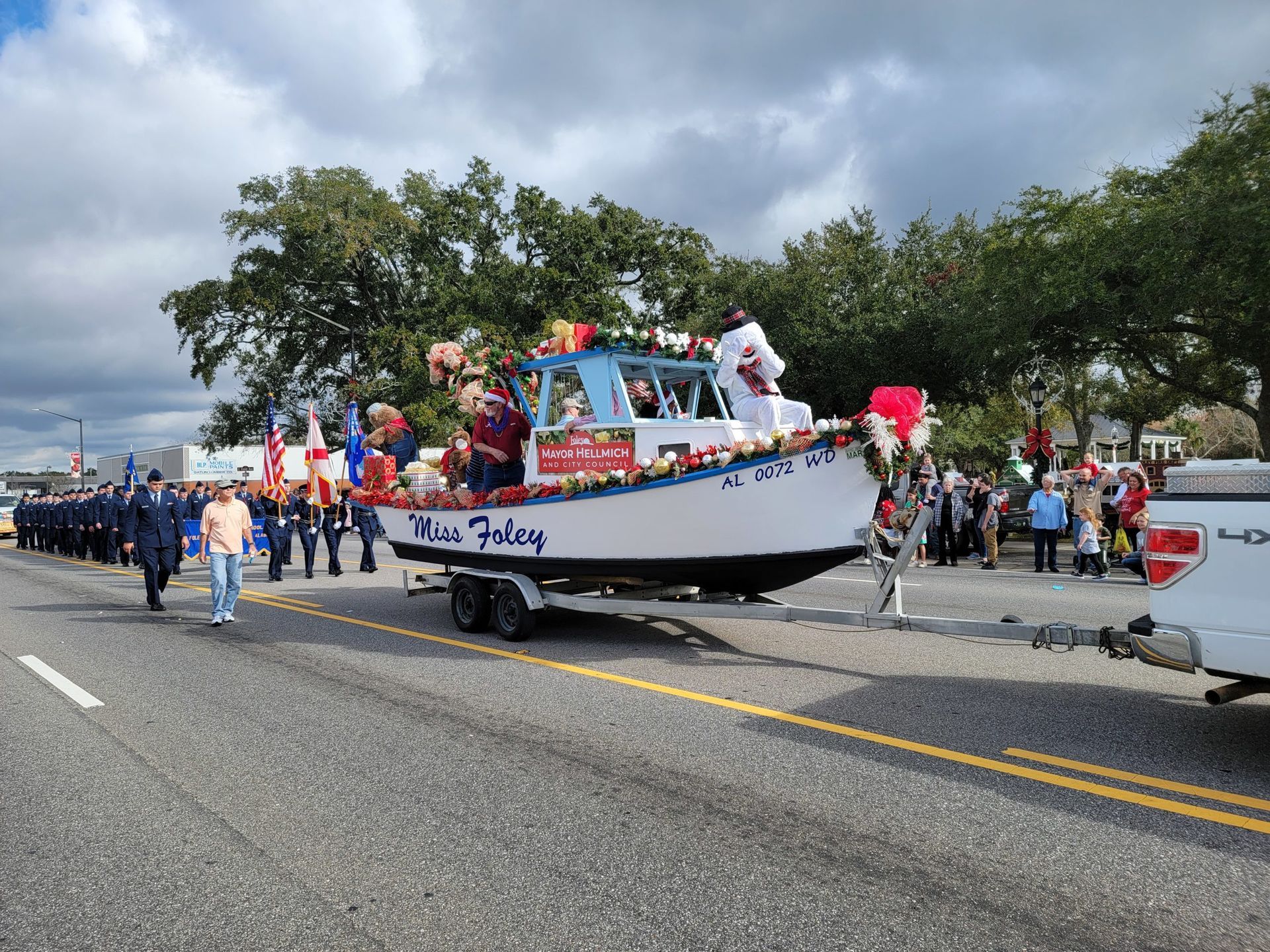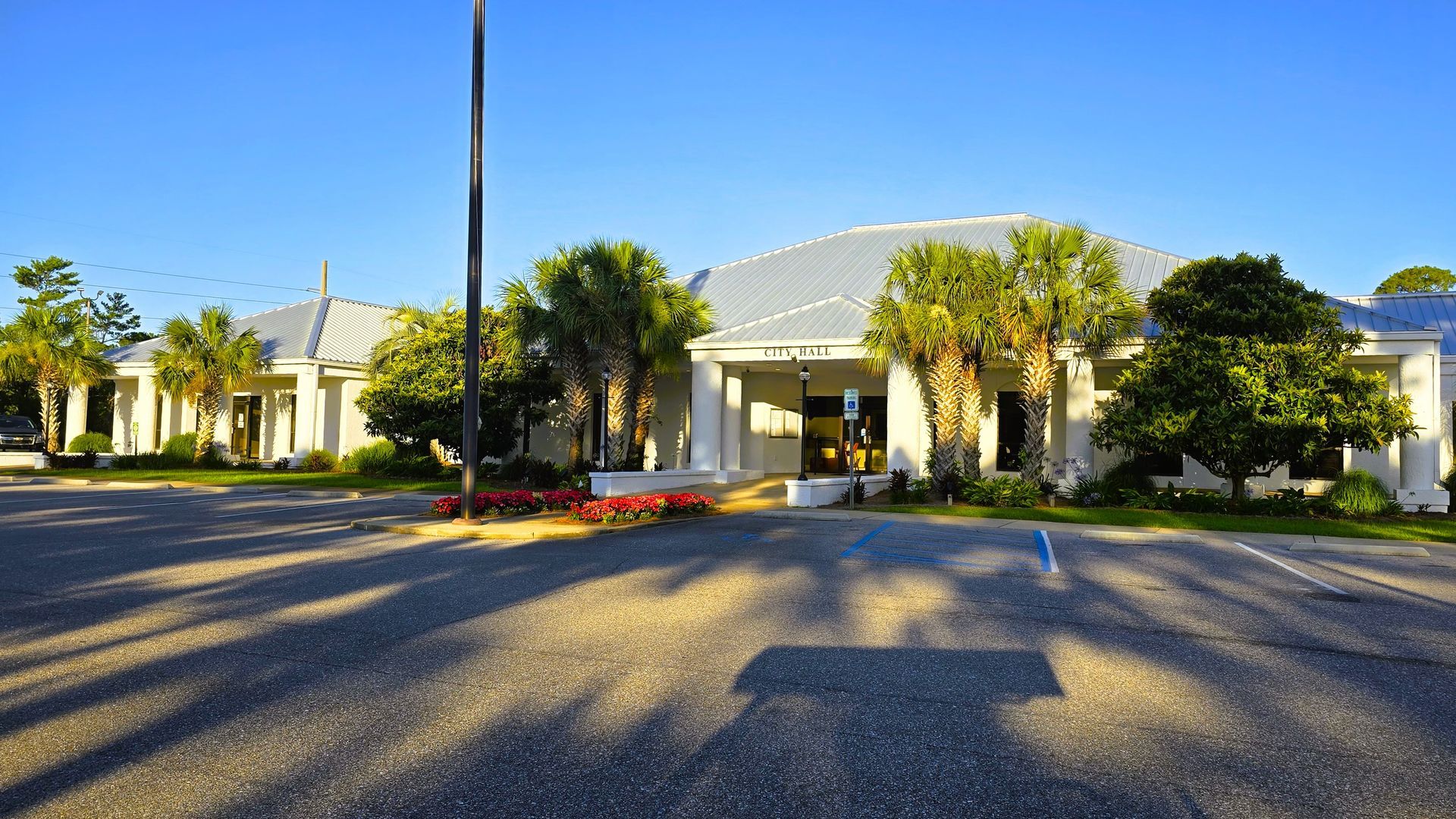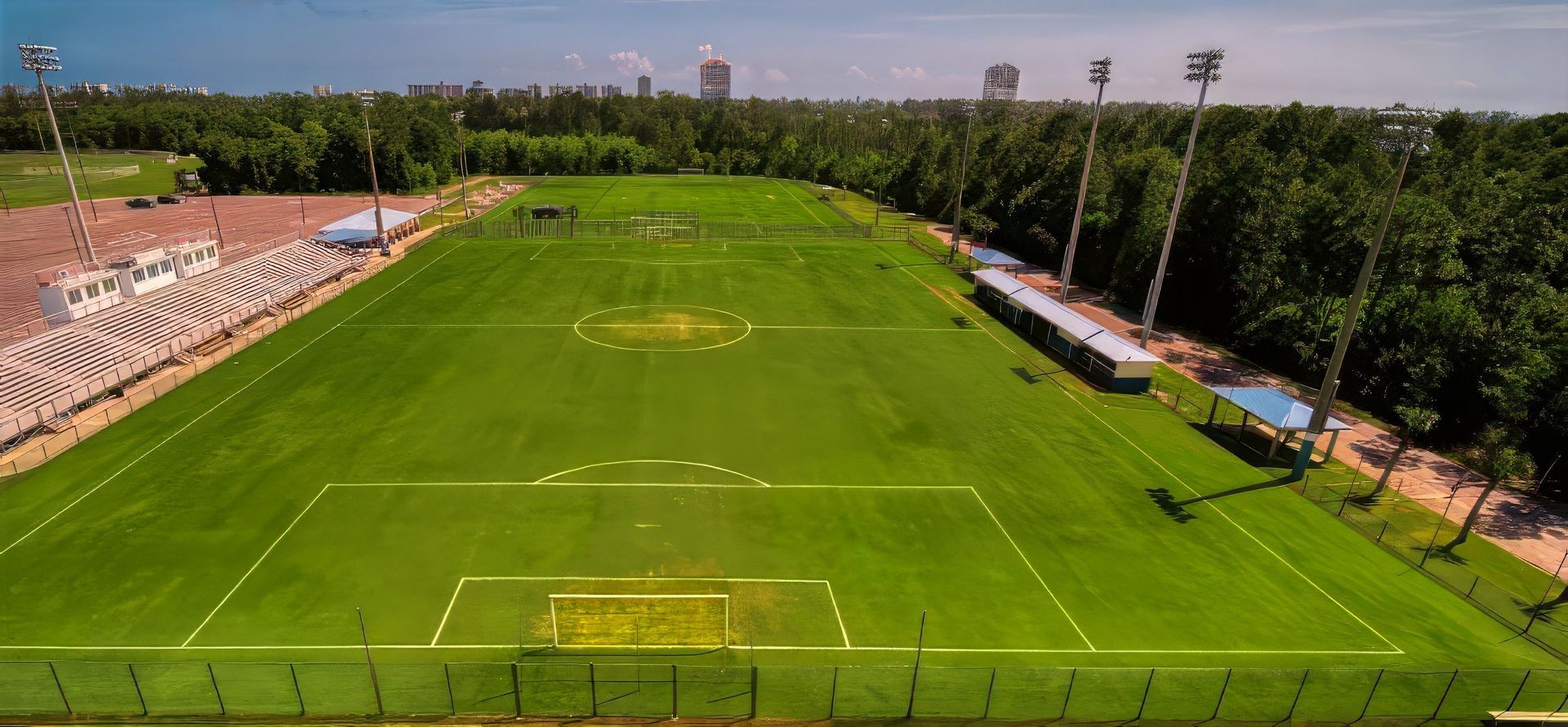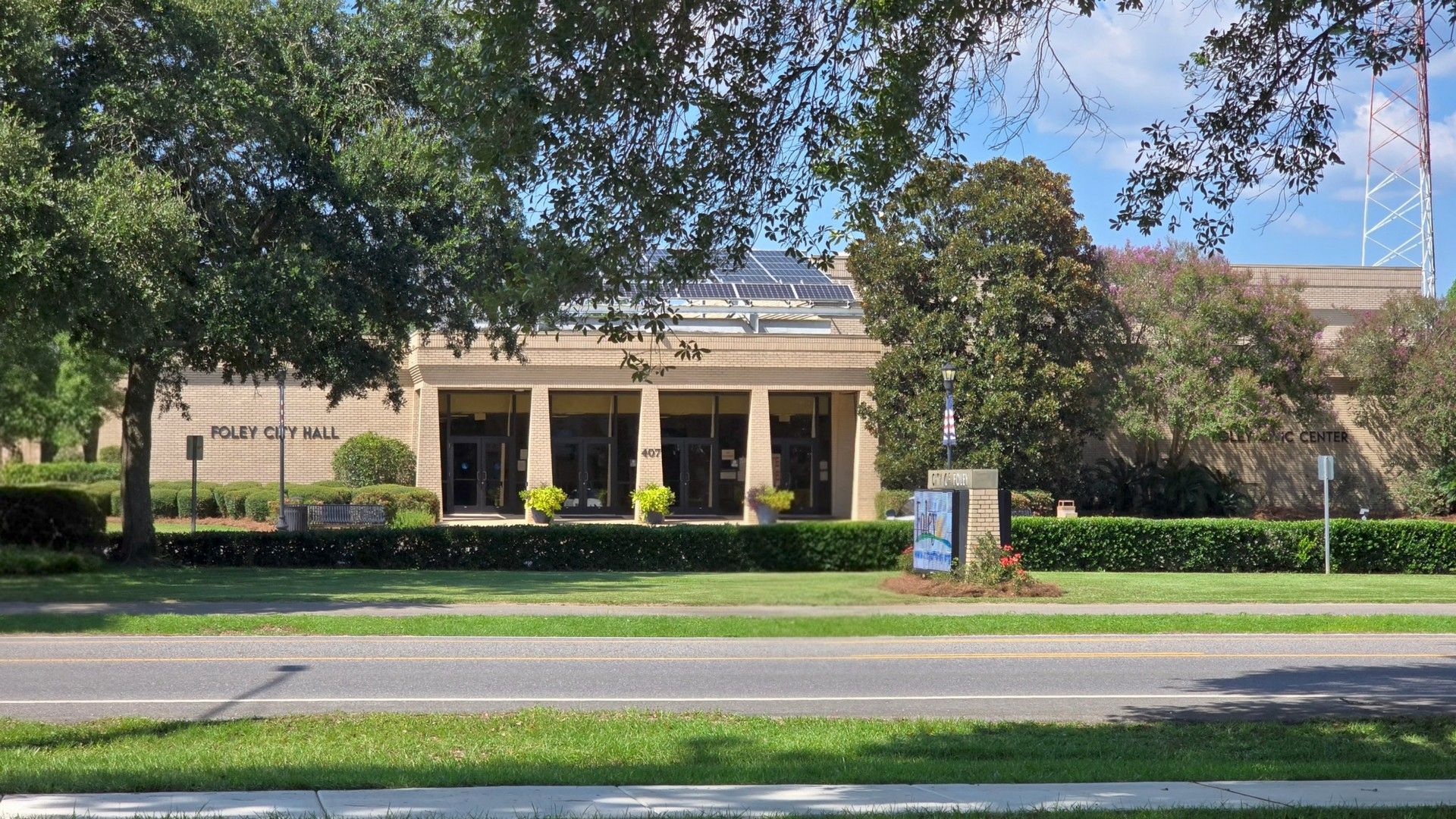Flounder Season Closure Dates in Florida & Alabama
Conservation efforts support flounder stock recovery
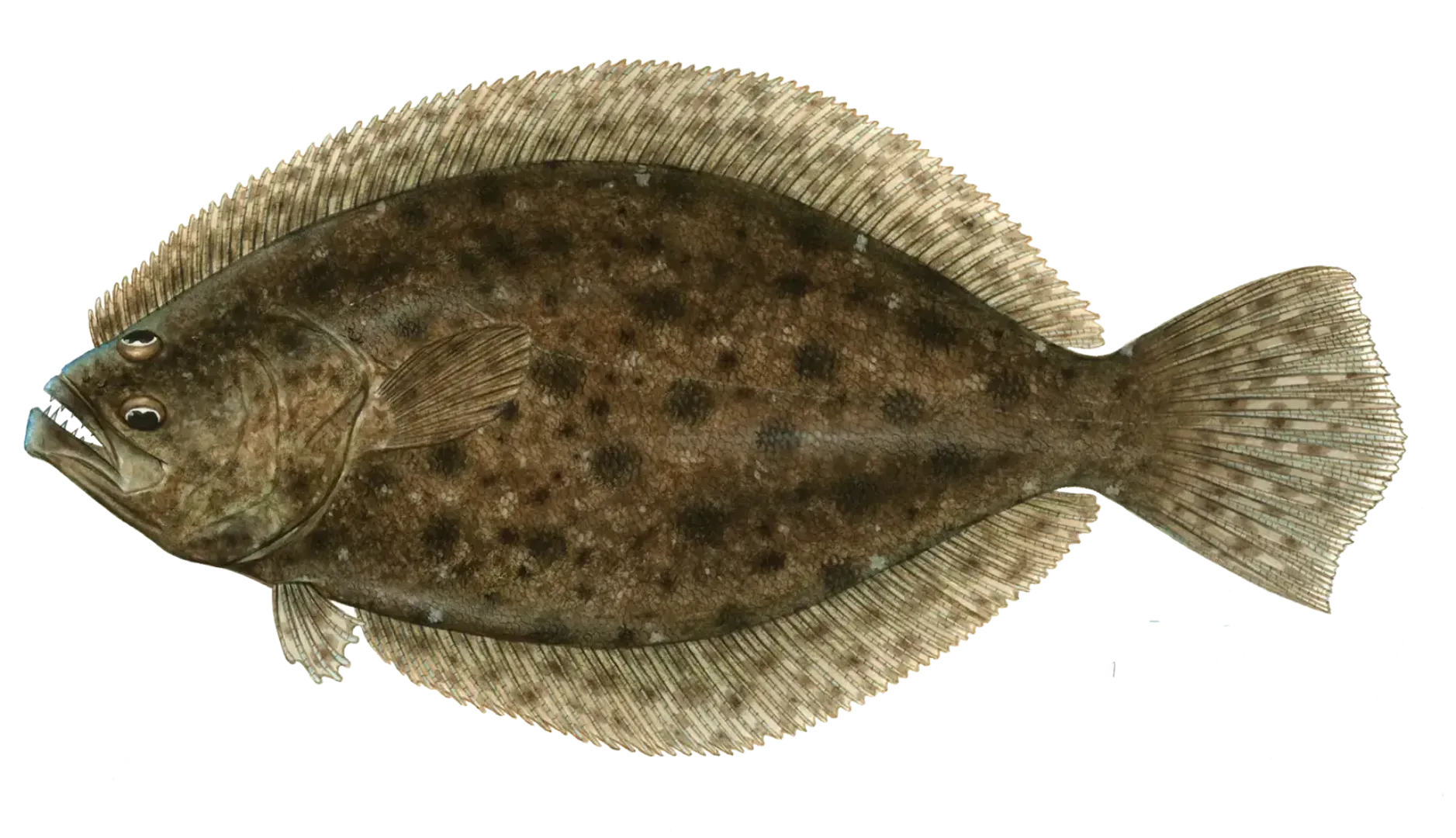
Orange Beach, Ala. — (OBA) — Flounder fishing along the Alabama and Florida Gulf Coast will follow strict timing and catch rules this fall. Season closures and reopenings vary by state. Both states require a minimum size for any flounder kept. Daily bag limits apply for recreational fishers, with separate limits for commercial operations.
In Florida, the recreational harvest of flounder in all state and federal waters is closed starting today, October 15, and will remain closed through November 30, reopening on December 1. In Alabama, the flounder season closes from November 1 through November 30 and also reopens on December 1. These schedules affect Southern flounder and Gulf flounder.
Officials note that Florida’s late fall closure protects flounder during pre-spawning aggregations. The Florida Fish and Wildlife Conservation Commission says this timing helps ensure more fish can reproduce. Alabama’s November closure mirrors the conservation goal.
For both states, the minimum size limit for recreational anglers is a total length of 14 inches. The daily bag limit is five fish per person. These rules apply to both Southern flounder and Gulf flounder. A valid saltwater fishing license is required for most anglers in both states.
License exemptions include residents under age sixteen and residents age sixty-five or older. Those fishing from a licensed public fishing pier in inside waters are also exempt. Anglers should verify pier licensing and local definitions of inside waters before fishing. Carrying proof of age and residency is recommended.
Commercial gill net regulations operate under separate limits. The daily bag limit for commercially licensed gill nets is eighty fish per day. That 80-fish cap applies per person or per vessel as regulated. Recreational bag limits do not change under commercial rules.
Anglers are reminded to measure fish carefully to confirm the 14-inch total length. Using a flat board and closed-mouth measurement can help avoid errors. Conservation officers may inspect catches on the water and at the dock. Violations can lead to fines and other penalties.
These fall closures coincide with seasonal fish movement and spawning behavior. Agencies say protecting fish during aggregation windows can boost future year classes. The strategy aims to improve stock abundance while allowing measured harvest. Compliance supports long-term access for anglers and the industry.
Share this article w/ Friends...
